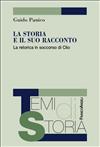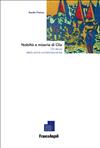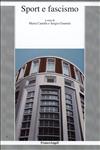The essay analyzes the literary case, represented by Roberto Saviano, one of the most prominent figures within the Italian communication sphere. Saviano is well known in Italy and abroad for his first novel, Gomorra, for a series of public actions against the Camorra power and for a second novel ZeroZeroZero. This novel aims to tell the cocaine traffic across nearly the entire globe. It is said that Saviano, with his works, explained to a large audience, clearly, without the pedantry of analytical essays, a social and economic phenomenon of enormous importance such as criminal organizations, which are generically called "Mafia". But how can the writing style of Saviano, which mixes, offhandedly, literary fiction, investigative journalism and judicial documents, have value for the social and historical knowledge? The Mafia and Camorra crime has been, since the nineteenth century, the subject of studies. Weak, on the other hand, its presence in the literary page. It is only with The Day of the Owl (1961) by Leonardo Sciascia that the Mafia becomes the object of narrative plots describing, realistically, the mafia and its culture. The literary and cinematic page, dedicated to the Camorra, is, however, more ancient. This paper analyzes the page of "invention" and, in part, "documentation" of the Camorra before and after Savianio and intends to contribute, through a case study, to the debate on the historical value of the literary page



